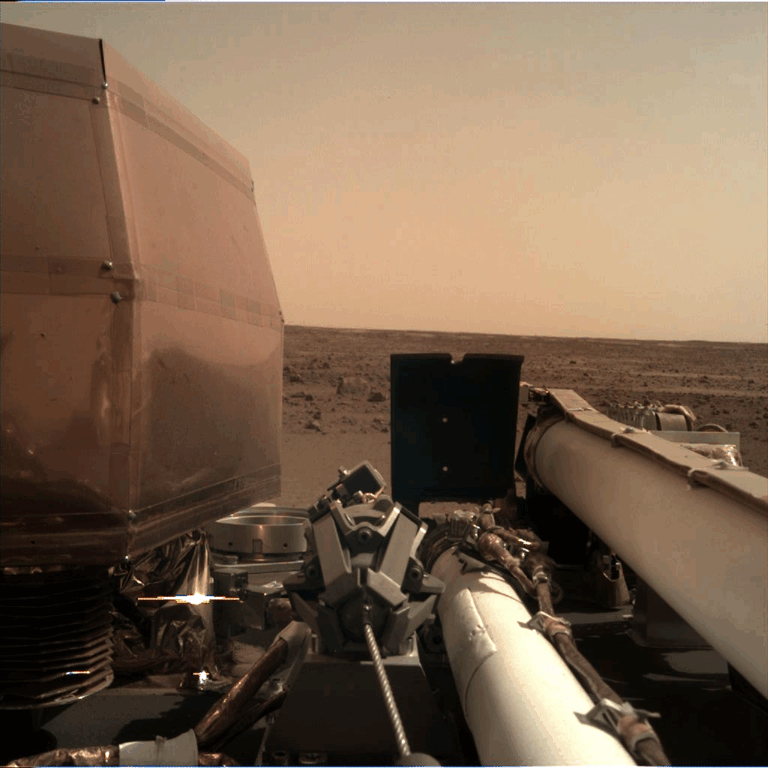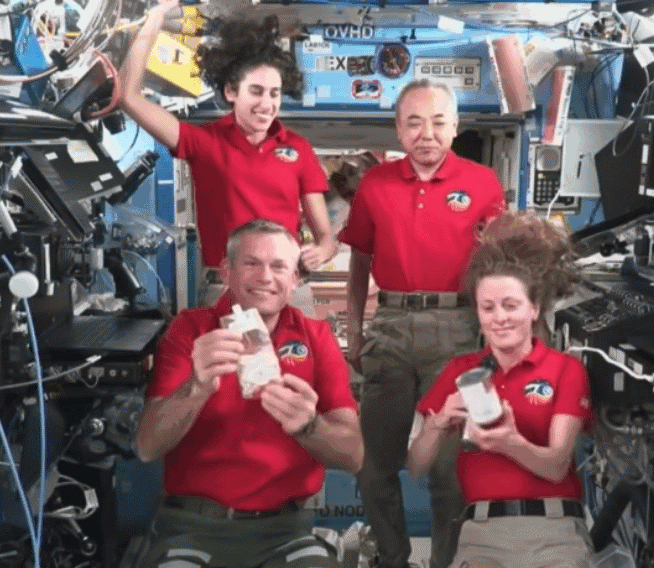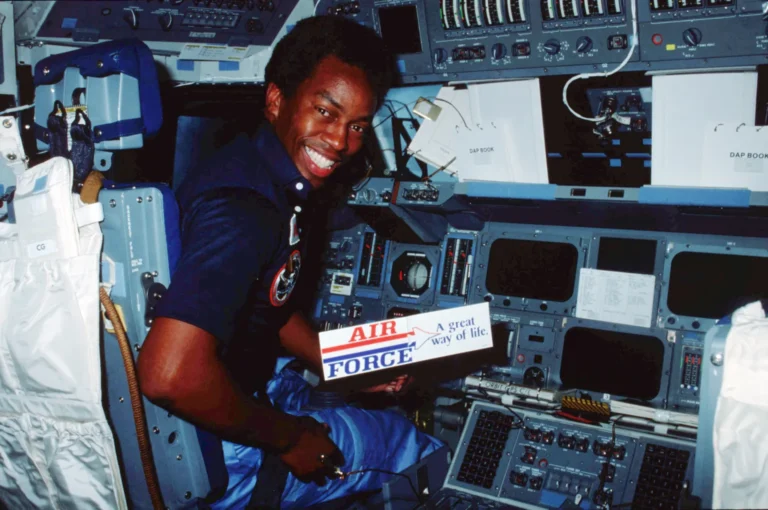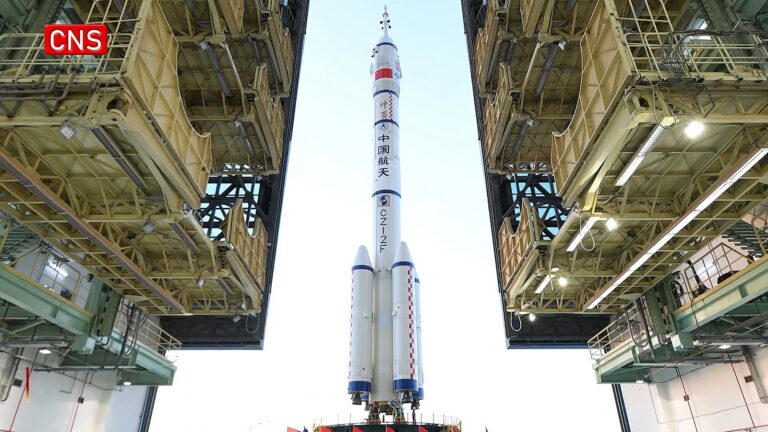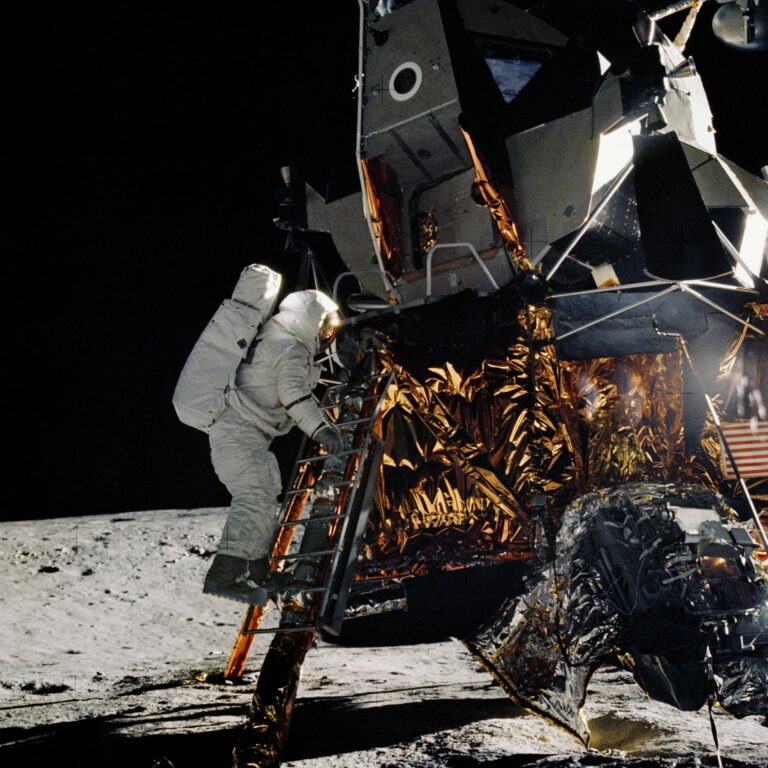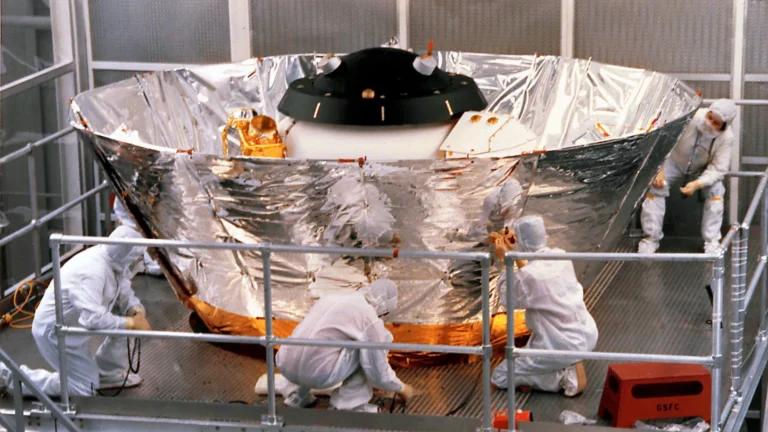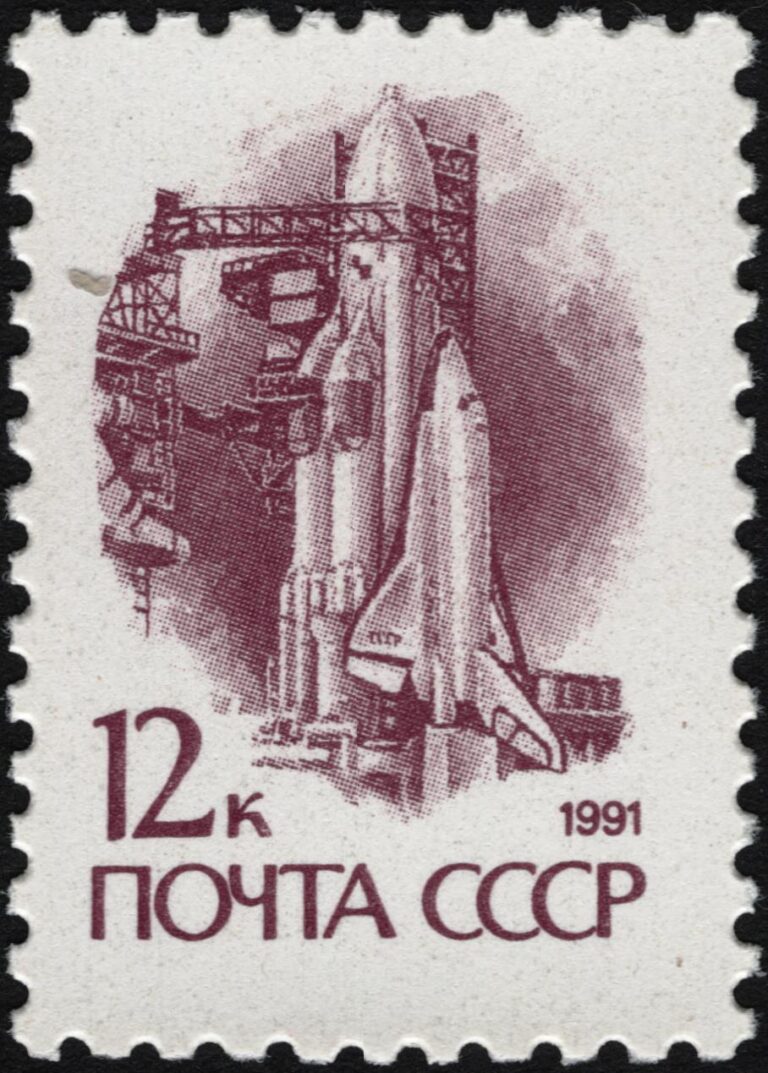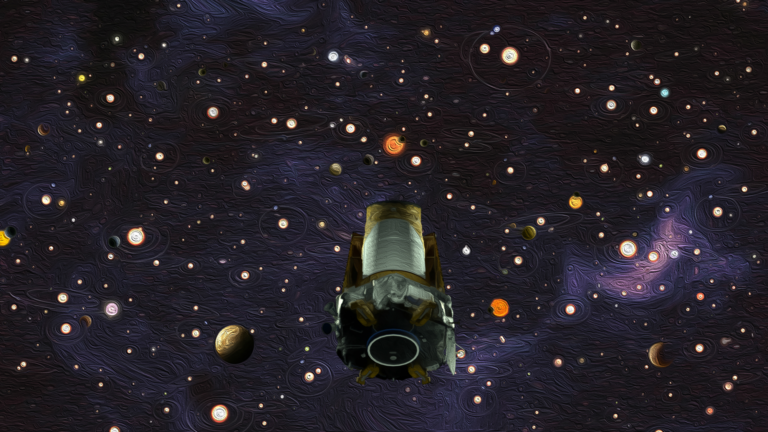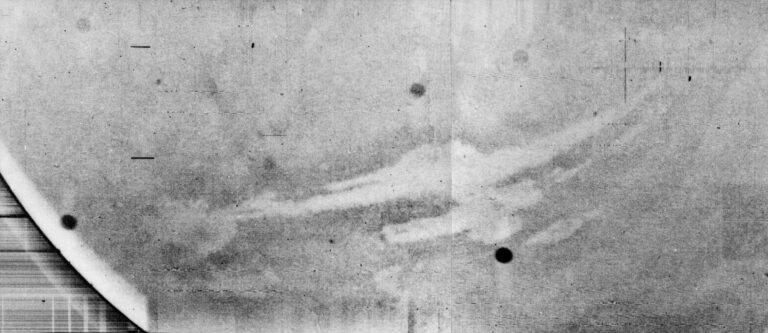Key Takeaways:
In space, where there is no up or down, flames behave in unconventional ways. And when your entire world is the size of a five-bedroom home like the International Space Station, putting out even a small fire quickly is a life-and-death matter.
Since March 2009, NASA’s Flame Extinguishment Experiment (FLEX) has conducted more than 200 tests to better understand the fundamentals of flames and how best to suppress fire in space. The investigation is currently ongoing aboard the space station.
“We hope to gain a better knowledge of droplet burning, improved spacecraft fire safety, and ideas for more efficient utilization of liquid fuels on Earth,” said Forman Williams from the University of California, San Diego. “The experiments will be used to verify numerical models that calculate droplet burning under different conditions.”
When a flame burns on Earth, heated gases rise from the fire, creating a buoyant flow that draws oxygen into the flame and combustion products away from it. In space, warm gases do not rise, and molecular diffusion drives flame behavior.
“In space, molecular diffusion draws oxygen to the flame and combustion products away from the flame at a rate 100 times slower than the buoyant flow on Earth,” said Dan Dietrich from NASA’s Glenn Research Center in Cleveland, Ohio.
Flames in space burn with a lower temperature, at a lower rate, and with less oxygen than in normal gravity. This means that materials used to extinguish the fire must be present in higher concentrations. The slow flow of air from the fans mixing the air in a spacecraft can make the flames burn even faster.
To help understand how flames behave and burn in space, FLEX researchers ignite a small drop of either heptane or methanol. As this little sphere of fuel burns for about 20 seconds, it is engulfed by a spherically symmetric flame. The droplet shrinks until either the flame extinguishes or the fuel runs out.
“Thus far, the most surprising thing we’ve observed is continued apparent burning of heptane droplets after flame extinction under certain conditions; currently, this is entirely unexplained,” said Williams.
From ignition to extinguishment, the entire event is recorded by cameras housed in the NASA Glenn-designed-and-built Combustion Integrated Rack (CIR), which is located inside the U.S. Destiny Laboratory module of the space station.
“You have both elements being represented in the FLEX experiment — both the exploration-driven fire safety research and the more fundamental science research,” Dietrich said.
As for the fundamental science of combustion, there are still many discoveries to be made, even for an experienced professor who has studied the subject since college.
Test #1 – Droplet diameter of 4 mm, with no support fiber. Droplet deployment was successful with a brief burn before radiative extinction. An afterglow from condensing vapor cloud and scattered backlight occurred approximately 30 sec after extinction. This afterglow phenomena typically occurs following radiative extinction. NASA/JSC
In space, where there is no up or down, flames behave in unconventional ways. And when your entire world is the size of a five-bedroom home like the International Space Station, putting out even a small fire quickly is a life-and-death matter.
Since March 2009, NASA’s Flame Extinguishment Experiment (FLEX) has conducted more than 200 tests to better understand the fundamentals of flames and how best to suppress fire in space. The investigation is currently ongoing aboard the space station.
“We hope to gain a better knowledge of droplet burning, improved spacecraft fire safety, and ideas for more efficient utilization of liquid fuels on Earth,” said Forman Williams from the University of California, San Diego. “The experiments will be used to verify numerical models that calculate droplet burning under different conditions.”
When a flame burns on Earth, heated gases rise from the fire, creating a buoyant flow that draws oxygen into the flame and combustion products away from it. In space, warm gases do not rise, and molecular diffusion drives flame behavior.
“In space, molecular diffusion draws oxygen to the flame and combustion products away from the flame at a rate 100 times slower than the buoyant flow on Earth,” said Dan Dietrich from NASA’s Glenn Research Center in Cleveland, Ohio.
Flames in space burn with a lower temperature, at a lower rate, and with less oxygen than in normal gravity. This means that materials used to extinguish the fire must be present in higher concentrations. The slow flow of air from the fans mixing the air in a spacecraft can make the flames burn even faster.
To help understand how flames behave and burn in space, FLEX researchers ignite a small drop of either heptane or methanol. As this little sphere of fuel burns for about 20 seconds, it is engulfed by a spherically symmetric flame. The droplet shrinks until either the flame extinguishes or the fuel runs out.
“Thus far, the most surprising thing we’ve observed is continued apparent burning of heptane droplets after flame extinction under certain conditions; currently, this is entirely unexplained,” said Williams.
From ignition to extinguishment, the entire event is recorded by cameras housed in the NASA Glenn-designed-and-built Combustion Integrated Rack (CIR), which is located inside the U.S. Destiny Laboratory module of the space station.
“You have both elements being represented in the FLEX experiment — both the exploration-driven fire safety research and the more fundamental science research,” Dietrich said.
As for the fundamental science of combustion, there are still many discoveries to be made, even for an experienced professor who has studied the subject since college.
Test #1 – Droplet diameter of 4 mm, with no support fiber. Droplet deployment was successful with a brief burn before radiative extinction. An afterglow from condensing vapor cloud and scattered backlight occurred approximately 30 sec after extinction. This afterglow phenomena typically occurs following radiative extinction. NASA/JSC


